Pilots and Experts Warned of Rise in Near Collisions at Airports Before Deadly Japan Airlines Crash
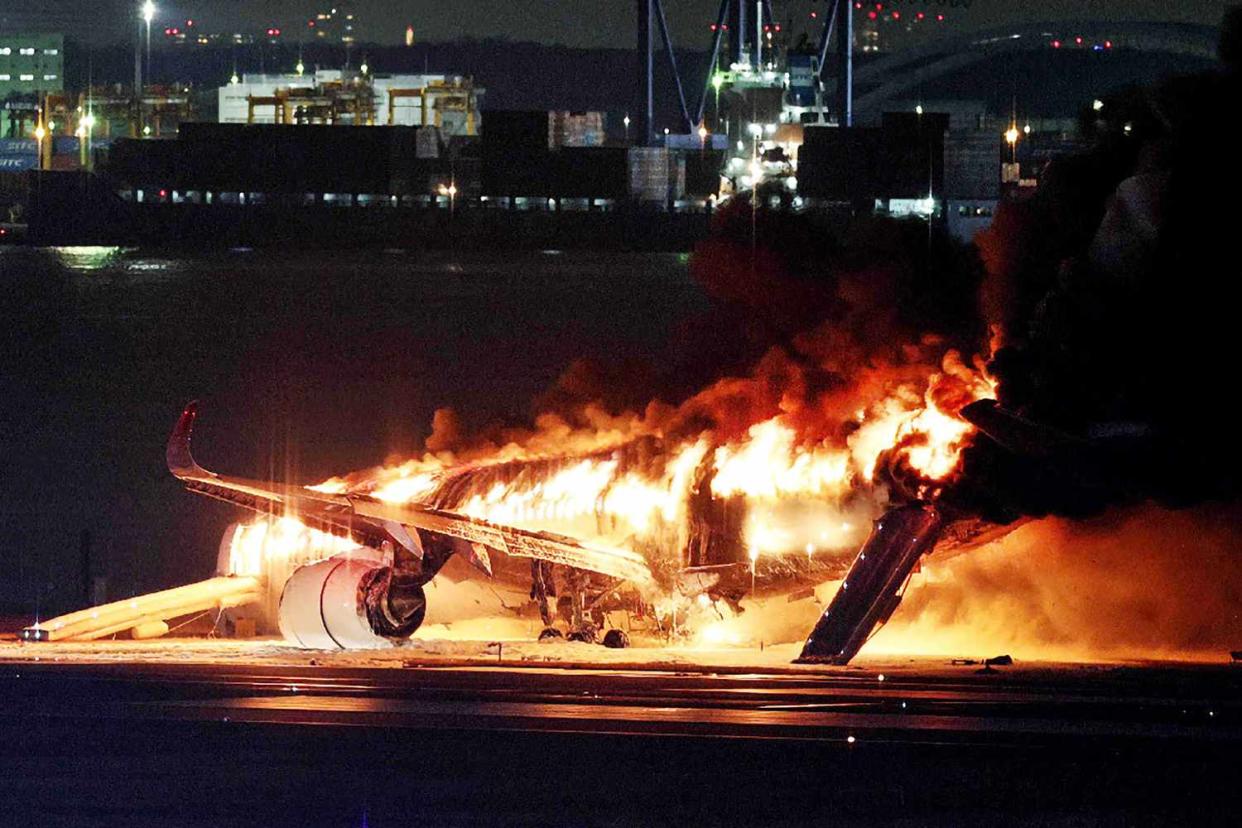
Five people have died and 379 were evacuated after a passenger jet collided with a Japan Coast Guard plane and burst into flames

STR/JIJI PRESS/AFP via Getty Images
An investigation by the New York Times warned near collisions in the sky and on the tarmac were on the rise, months before Tuesday's deadly Japan Airlines crash.
Five people have been reported dead after a Japan Airlines (JAL) passenger jet collided with a smaller Japan Coast Guard plane at Tokyo’s Haneda airport, according to multiple outlets including CNN and BBC.
All 379 crew members and passengers onboard the JAL flight were safely evacuated as the plane started burning, shortly before the aircraft became completely engulfed in flames. However, five out of the six people aboard the Coast Guard plane, which was preparing to deliver earthquake aid, died in the accident, according to public broadcaster NHK, per Reuters.
In August, the New York Times released a report digging into the recent increase in dangerous close calls happening between planes both in flight and on airport runways.
According to the investigation, which focused on U.S. airports, incidents involving aircrafts nearly coming into contact with one another have seen a rapid rise across the country, involving almost every airport and major airline. The investigation cited a lack of warning systems at airports coupled with a staffing shortage of air traffic controllers as some of the main contributing factors to these near-catastrophes that happen, on average, multiple times a week.
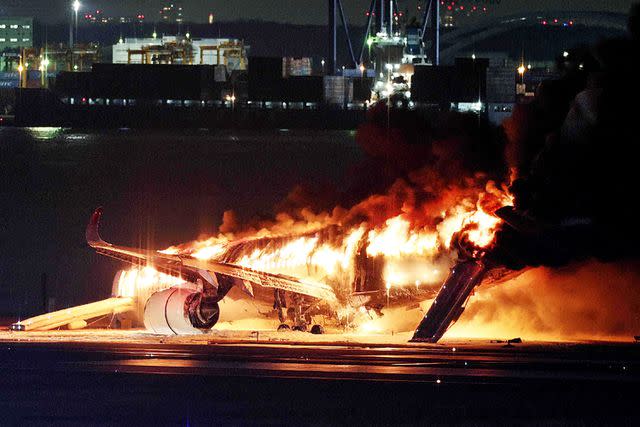
STR/JIJI PRESS/AFP via Getty Images
By analyzing a NASA database that contains confidential safety reports filed by pilots, air traffic controllers and other aviation professionals, the Times found the most recent 12-month period that had available data saw approximately 300 reports of close encounters. The outlet also reported that at least 46 near-collisions occurred in the month of July 2023 alone.
New York Magazine pointed out in the wake of the JAL accident, that one of the deadliest plane crashes in history took place on the ground. In 1977, two 747 passenger jets collided on a foggy runway in the Canary Islands, killing 583 of the 644 passengers and crew aboard.
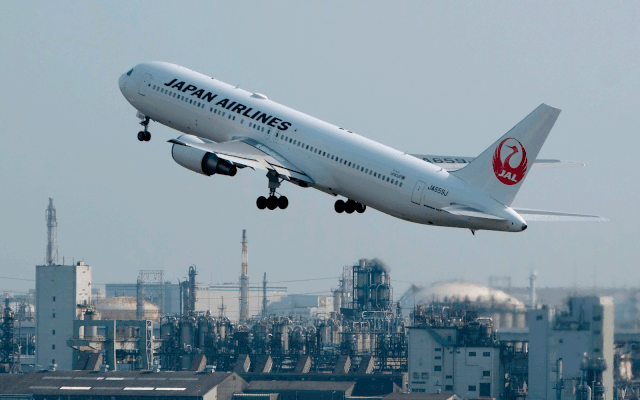
Related: American Airlines Plane Drops 15,000 Feet In 3 Minutes: 'It Was Terrifying'
“This has really opened my eyes to how the next aviation accident may play out,” a pilot wrote to NASA after preventing a collision on the runway in January, according to the Times.
“Is it going to take people dying for something to move forward?” an air-traffic controller wrote the same month after another near miss.
The last fatal crash involving a major US airline occurred in February 2009 when a Continental flight crashed into a house outside of Buffalo, N.Y. killing all 49 people aboard the flight. The lack of collisions since the incident marks the longest period of time without a fatal crash from a major U.S. airline.
PEOPLE has reported on a number of near-misses in the last year alone.
In January 2023, for example, a Delta Air Lines plane was getting ready for take off when "air traffic controllers noticed another aircraft crossing the runway in front of the departing jetliner," the Federal Aviation Administration said at the time in a statement shared with PEOPLE.
Delta's Boeing 737 managed to safely stop roughly 1,000 feet "before reaching the point" where an American Airlines Boeing 777 "had crossed from an adjacent taxiway," says the FAA, adding that it is looking into the incident.
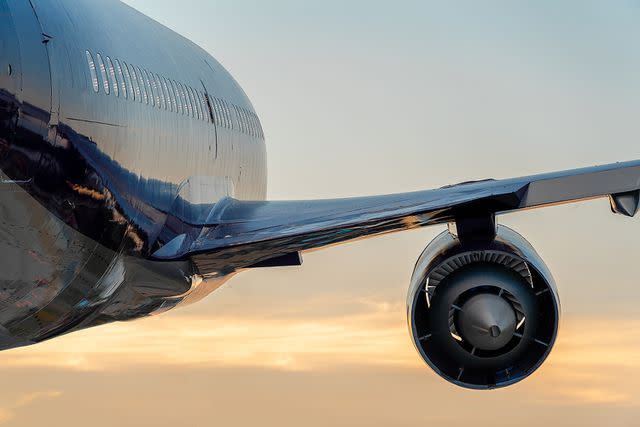
Related: Flames Shoot Out from Southwest Flight After Takeoff Due to Mechanical Issue – Watch
Similarly, in February, a Boeing 737 operated by Southwest Airlines was due to depart just before a FedEx 767 cargo plane was anticipated to make a landing, the FAA said in a statement at the time obtained by PEOPLE.
According to the FAA, the Boeing 767 cargo airplane was several miles from the airport when it was cleared to land. But right before it was expected to move into the airport, an air traffic controller gave the go-ahead for a Southwest plane to take off.
To avert a crisis, the FedEx plane changed course, aborting the landing, the FAA said.
"The pilot of the FedEx airplane discontinued the landing and initiated a climb out," the FAA reported. "The Southwest flight departed safely."
In March, Boston Logan International Airport almost saw a collision on the tarmac when a JetBlue plane nearly crashed into a private plane.
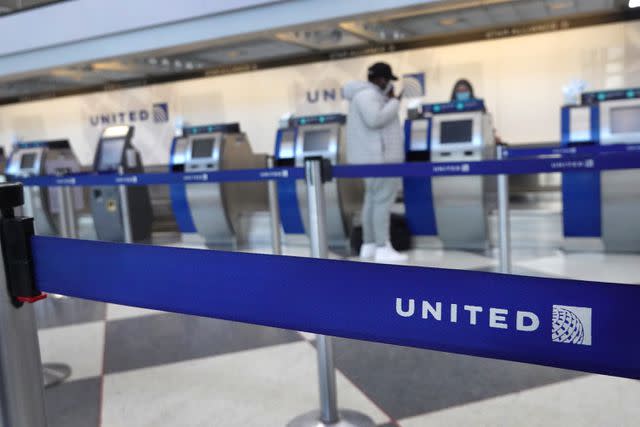
A major problem, the New York Times found, was the lack of properly staffed air-traffic control centers.
Of the country’s 313 facilities nationwide, only three had enough people to meet the staffing targets recommended by the FAA and the union representing the controllers. Many of these controllers are also asked to work six days a week with mandatory overtime, sometimes leading to just eight hours between a shift.
The lack of air-traffic controllers has been a growing problem since the 1980s, says the outlet. The Reagan administration cut thousands of controllers who were on strike, and since, the department has seen departures in waves as controllers approach retirement age with no new trainees to take their place.
The pandemic also saw an exodus of employees, while health and safety measures slowed the training of new ones.
In June, the Department of Transportation’s Inspector General released a report stating, that the “F.A.A. has made limited efforts to ensure adequate controller staffing at critical air traffic control facilities.” It found that the “F.A.A. continues to face staffing challenges and lacks a plan to address them, which in turn poses a risk to the continuity of air traffic operations.”
For more People news, make sure to sign up for our newsletter!
Read the original article on People.

 Yahoo News
Yahoo News 
